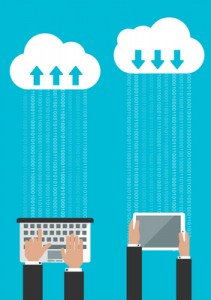The lines between work and non-work have blurred for so many people. For those who are still working from home (WFH), they may now be in their sixth consecutive month where there’s little balance between what they do professionally and personally.
Because when the work is sitting there in your personal space, it’s far too easy to work early or late – or both. Accidentally spotting that “urgent” email just before you’re about to go to bed really is incredibly damaging.
Added pressures of childcare have made this worse. Some parents feel that working all hours is the only way they can make up for the perceived reduced quality in their work.
The stress of constantly working (or constantly thinking about work) is dangerous. Our bodies and minds simply aren’t designed to be “on” all the time.
This is bad for our mental health. Which can easily have a negative effect on our physical health too. As IT specialists, we’ve been working remotely for years. Here are our top 3 suggestions to avoid WFH burnout.
1) Have physical ways to transition from personal you to work you, and back again. The easiest way to do this is with a dedicated workspace that’s strictly only used for work.
Even a specific seat at a table can be dedicated to work, even if you sit in other seats to do other things, like eat or play games. Some people dress for work each day, so they can change their clothes to mark the end of the working day.
2) Set strict work hours and stick to them. 9 to 5 might be impossible, but you can still have set work times, even if they’re scattered throughout the day. Make sure your family knows when you’re working. This is where having a set physical space can really help. In your non-work hours, make sure you only do non-work things. And do not check your email!
3) Prioritize what really matters: The other downside of sitting surrounded by work all the time is that there’s always something else that can be done. There’s no point working on minor tasks at 11pm at night, because the chances are, you’re not actually achieving anything meaningful. Assume you have 3-4 hours of truly productive time each day. And make sure you get and stay organized to achieve the most important things in this time.




 Today’s workers expect to have 24/7 access to their information. They want to be able to catch up on emails on the evening train ride home or access information while away from the office.
Today’s workers expect to have 24/7 access to their information. They want to be able to catch up on emails on the evening train ride home or access information while away from the office.